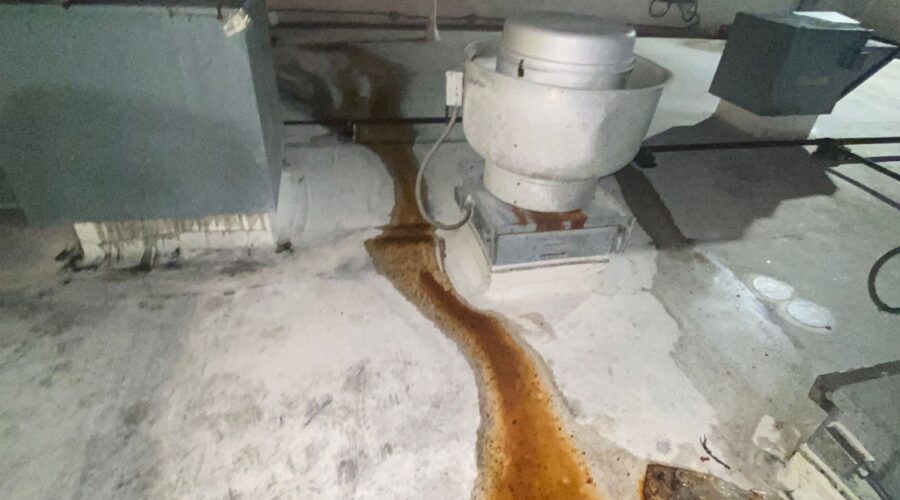Daily cleaning keeps a kitchen looking tidy and helps with food safety, but it’s only one piece of the maintenance puzzle. Commercial hood vent systems work behind the scenes to remove grease, smoke, and heat. When these systems are neglected, small problems turn into fire risks, failed inspections, and costly downtime. Below, we explain what routine cleaning encompasses, why commercial hood vent work is distinct, and what managers should do to safeguard staff, customers, and the business.
What does routine kitchen cleaning actually do?
Cleaning is done on the visible surfaces and food-contact surfaces on a routine basis. Clean prep stations, wash service wares, empty trash, mop floors, and staff wipe counters. These activities eliminate cross-contamination, contain pests, and ensure the smooth running of the kitchen on a day-to-day basis. Regular cleaning is necessary, but it does not go down into ducts, fans, and the hidden grease traps where the accumulation over weeks and months can be found.
Why commercial hood vent cleaning is a different service (and how it protects your kitchen)
- Eliminates unseen grease accumulation that develops in hoods, ducts, and fan housings. The grease turns out to be very inflammable and is not taken care of during the clean-up of surfaces.
- Enhances good air circulation to enable hoods and exhaust fans to work within the code to minimize smoke, odors, and heat in the kitchen.
- Covers the fire suppression system since the clean hood enables suppression nozzles and sensors to operate effectively.
- Saves the life of equipment by avoiding the blockage of motors and bearings in exhaust fans with grease.
- Presents documented evidence of care. Certified cleaning reports, photographs, and logs are necessary to the inspectors and are mandatory to underwrite insurance requirements.
The real risks of skipping hood vent maintenance
Failure to clean the commercial hood vent in Houston allows the build-up of grease up to the point that it transforms into an accelerant. That increases the probability and intensity of a kitchen fire. Poor air ventilation also deteriorates the indoor air quality, heats the kitchen, makes working in it more difficult, and causes more damage to the cooking equipment.
On business grounds, absentee cleaning regularly results in failed inspections, fines, or being forced out of business- all of which are more damaging to the bottom line than paying to use a regular professional cleaner.
What inspectors and insurers look for (quick checklist)
- Old cleaning report and invoices of recent dates.
- Clean the inside of the hoods and exposed ducting in proximity to the roof or entrance.
- Suicide functions of grease filters and no visible grease leak or ponding.
- Turning on exhaust fans and balanced makeup air to prevent backdrafts.
- Combining and experimenting with fire suppression systems.
How often should you schedule commercial hood vent cleaning?
Frequency depends on cooking volume and the type of food cooked. High-volume fry or char operations often need monthly cleanings. Moderate volume restaurants may schedule quarterly service.
Low-volume sites can move to semiannual checks, but local codes or insurance policies may set minimum intervals. Always follow code and your insurer’s guidance, and keep records. Choosing a reputable provider who issues detailed reports and before/after photos makes inspections smoother and proves you’re managing risk.
Conclusion
Commercial Hood Vent Cleaning and Routine kitchen cleaning are complementary and have different purposes. Surfaces are kept clean with daily wipes and mops, and ventilation is maintained and is safe with professional cleaning of hood vents to remove the hidden risks and ensure your protection against fire and compliance.
In case you work in Houston and intend on having a documented and code-compliant hood clean-up program with inspection-ready reports, call Cornerstone Commercial Services and schedule an assessment.
